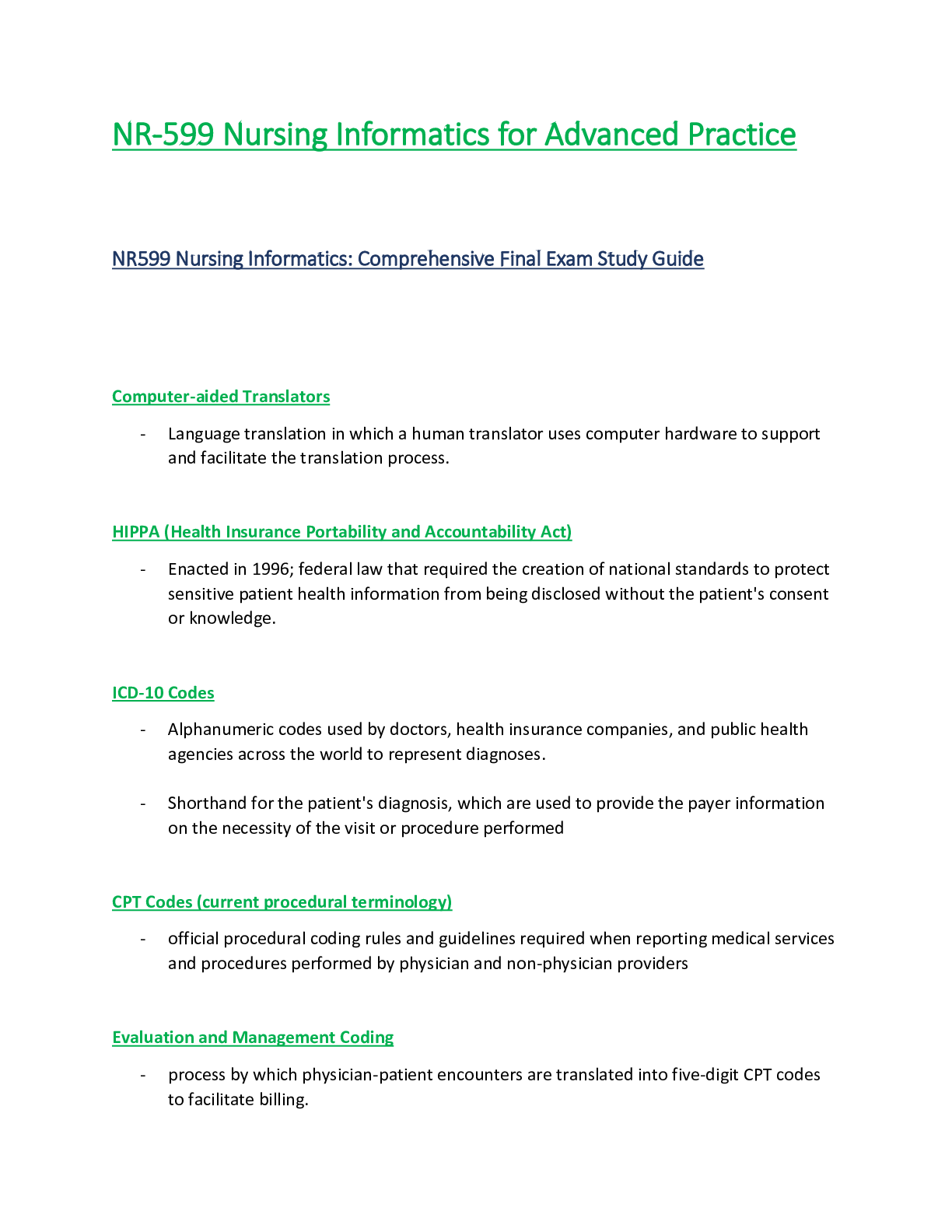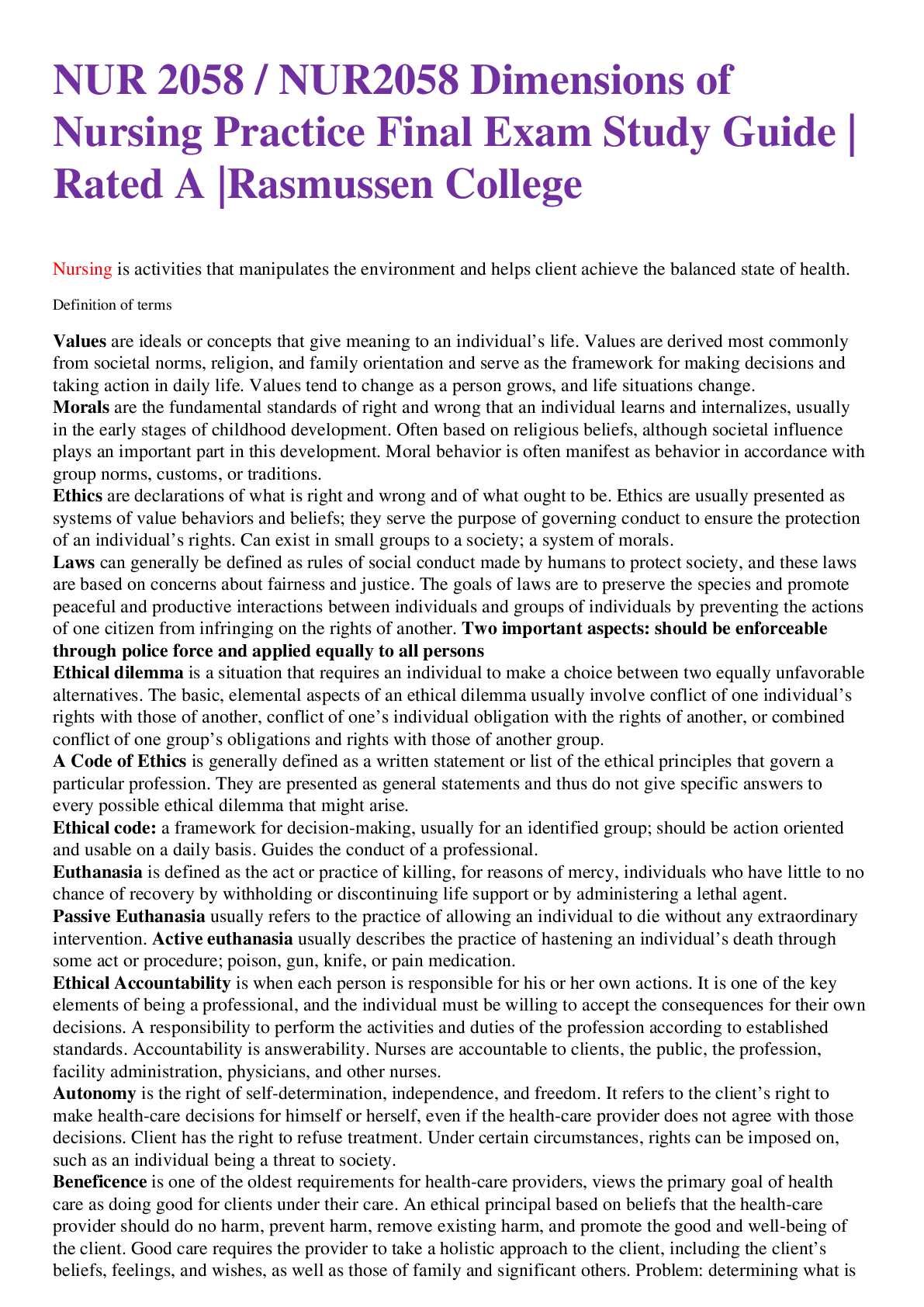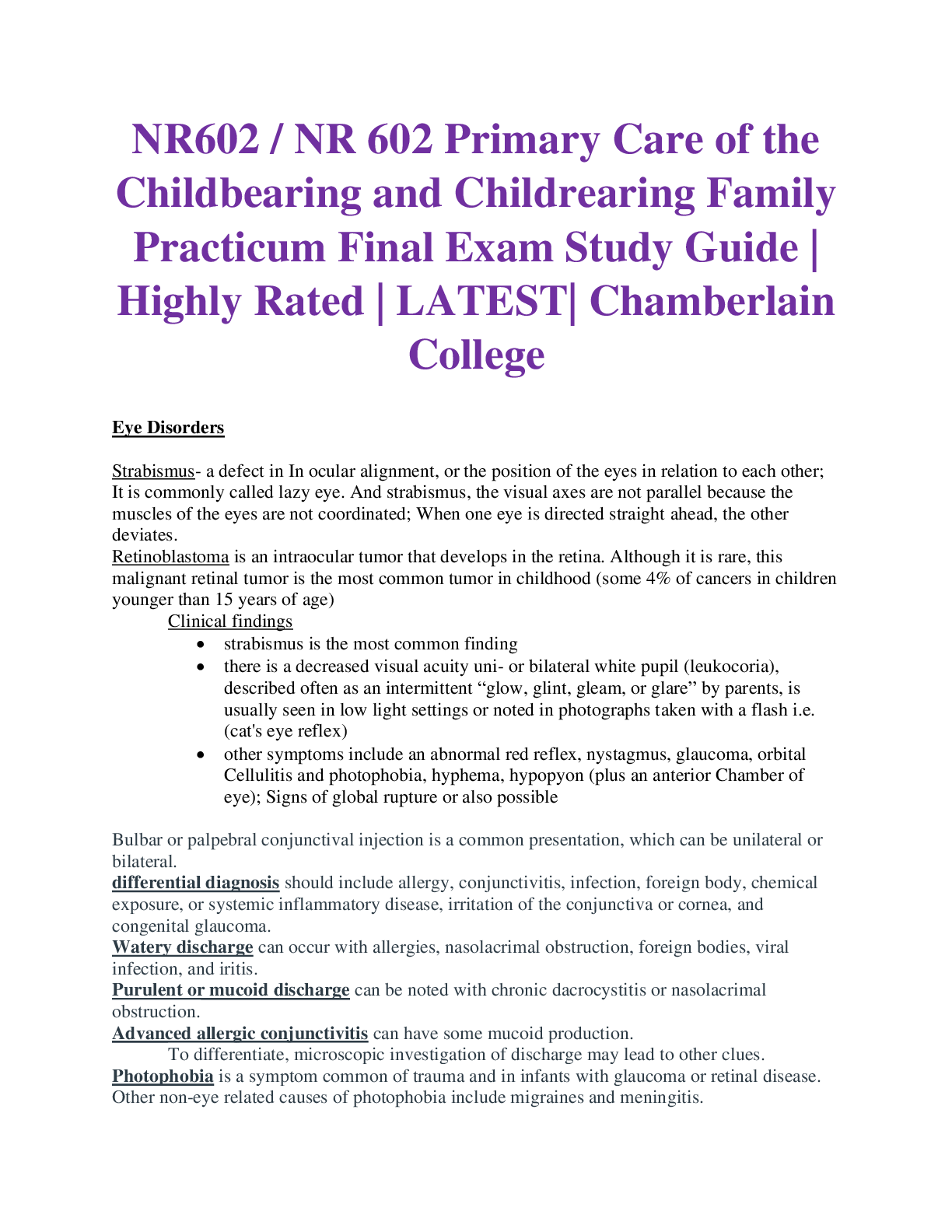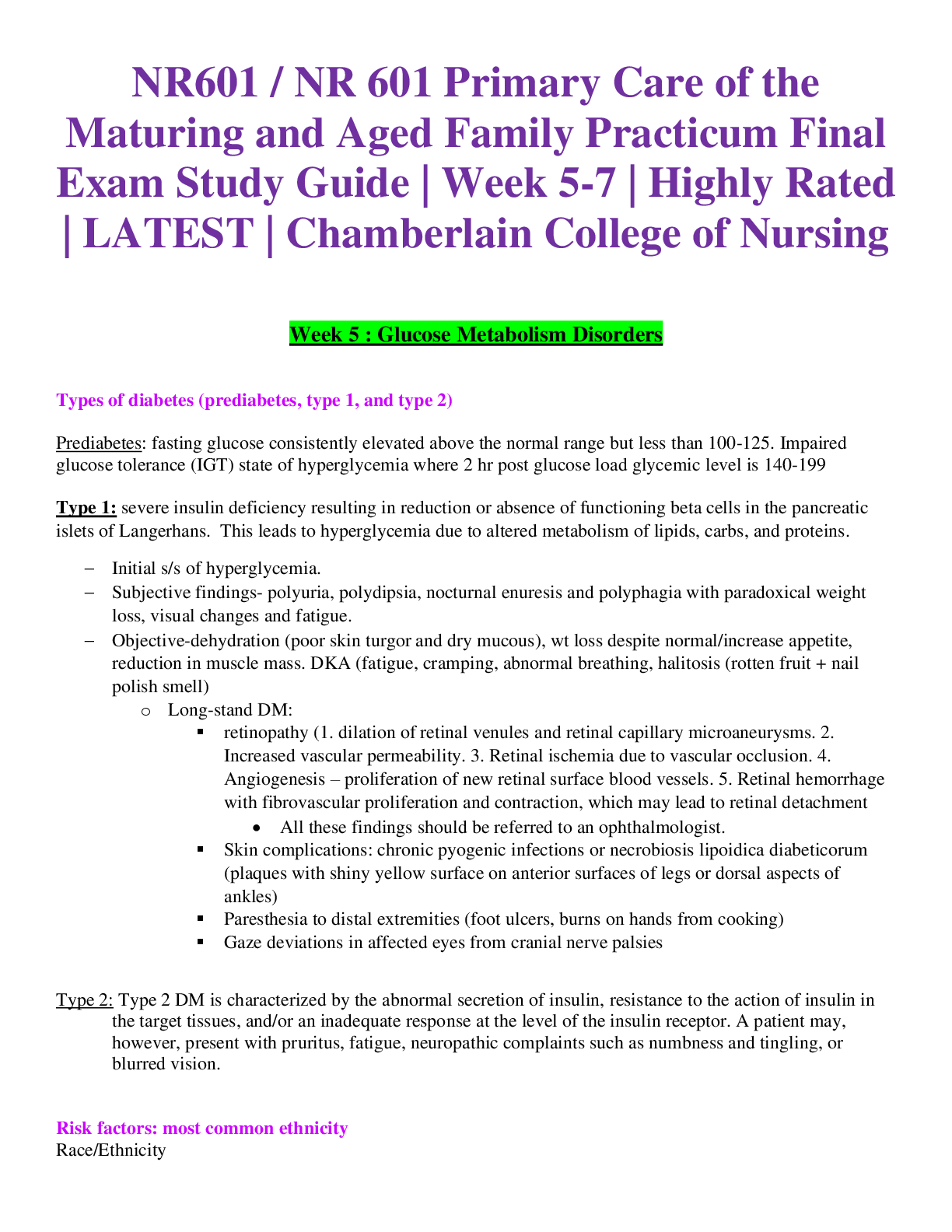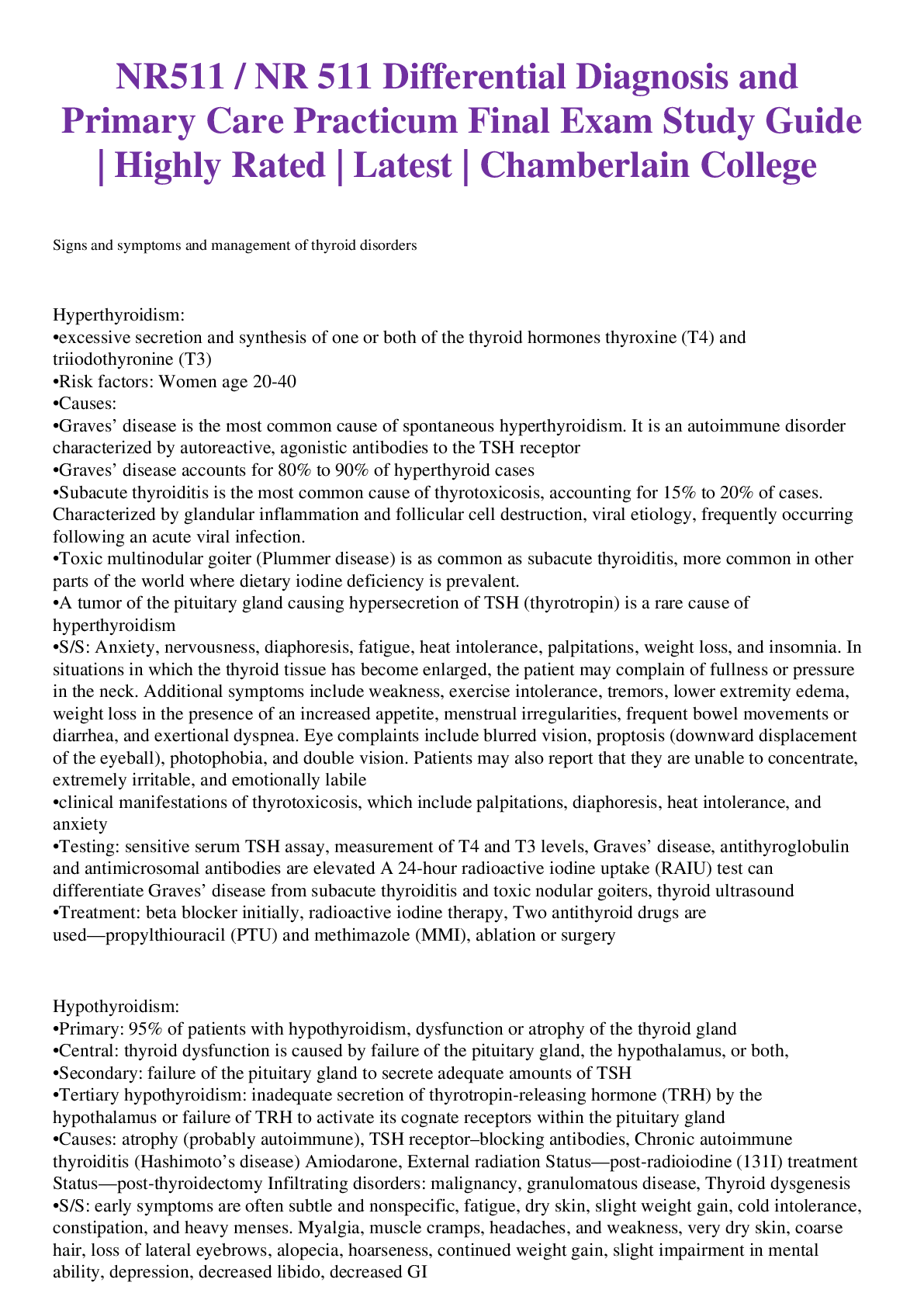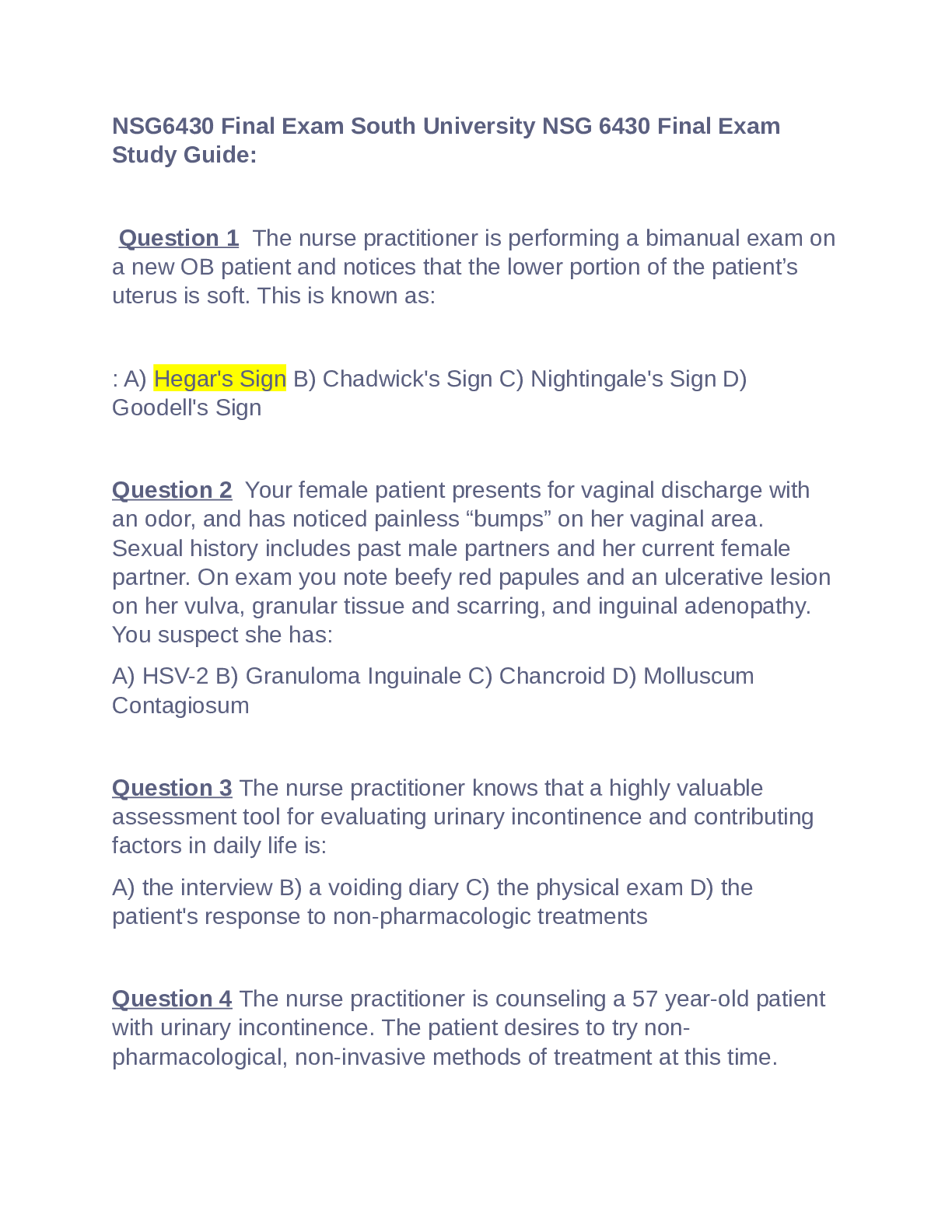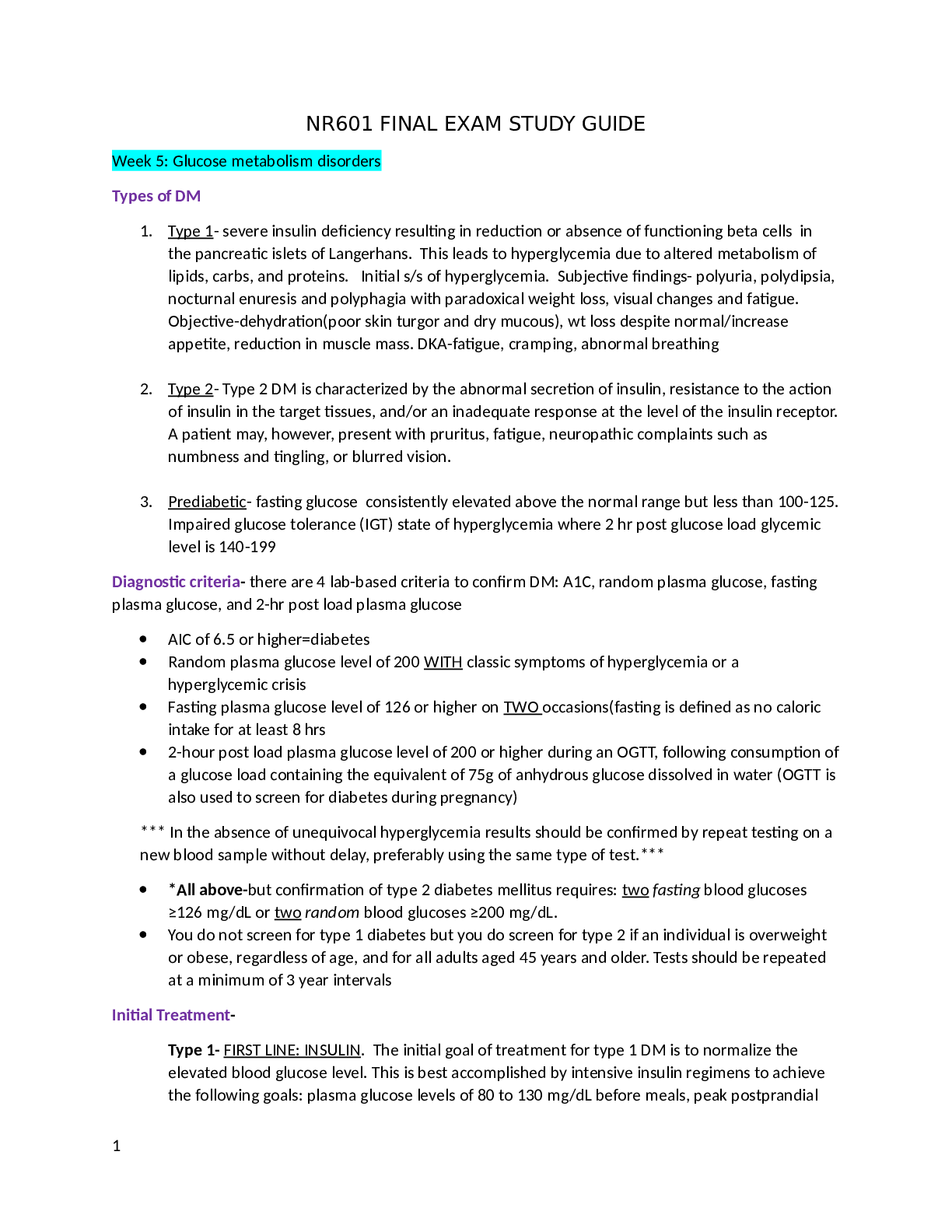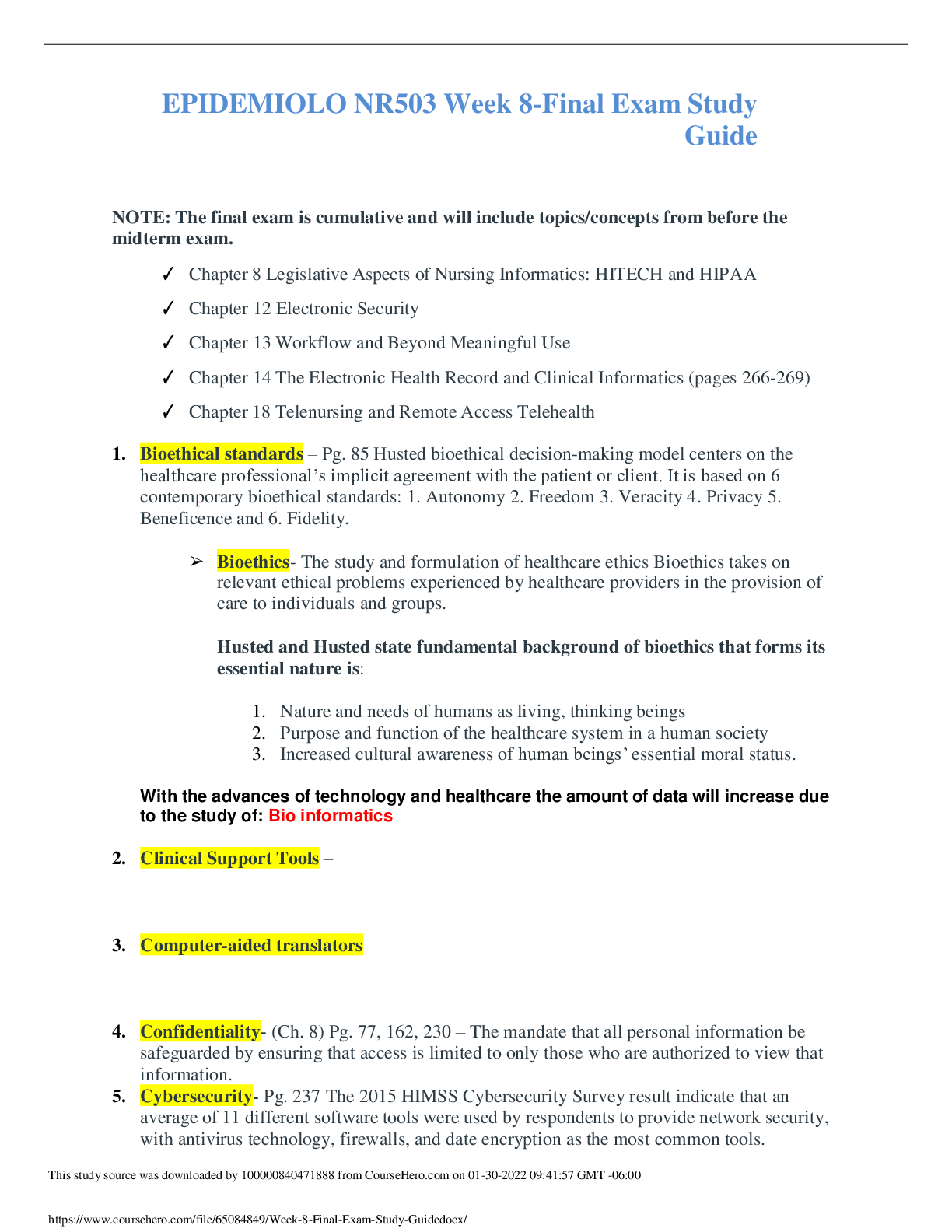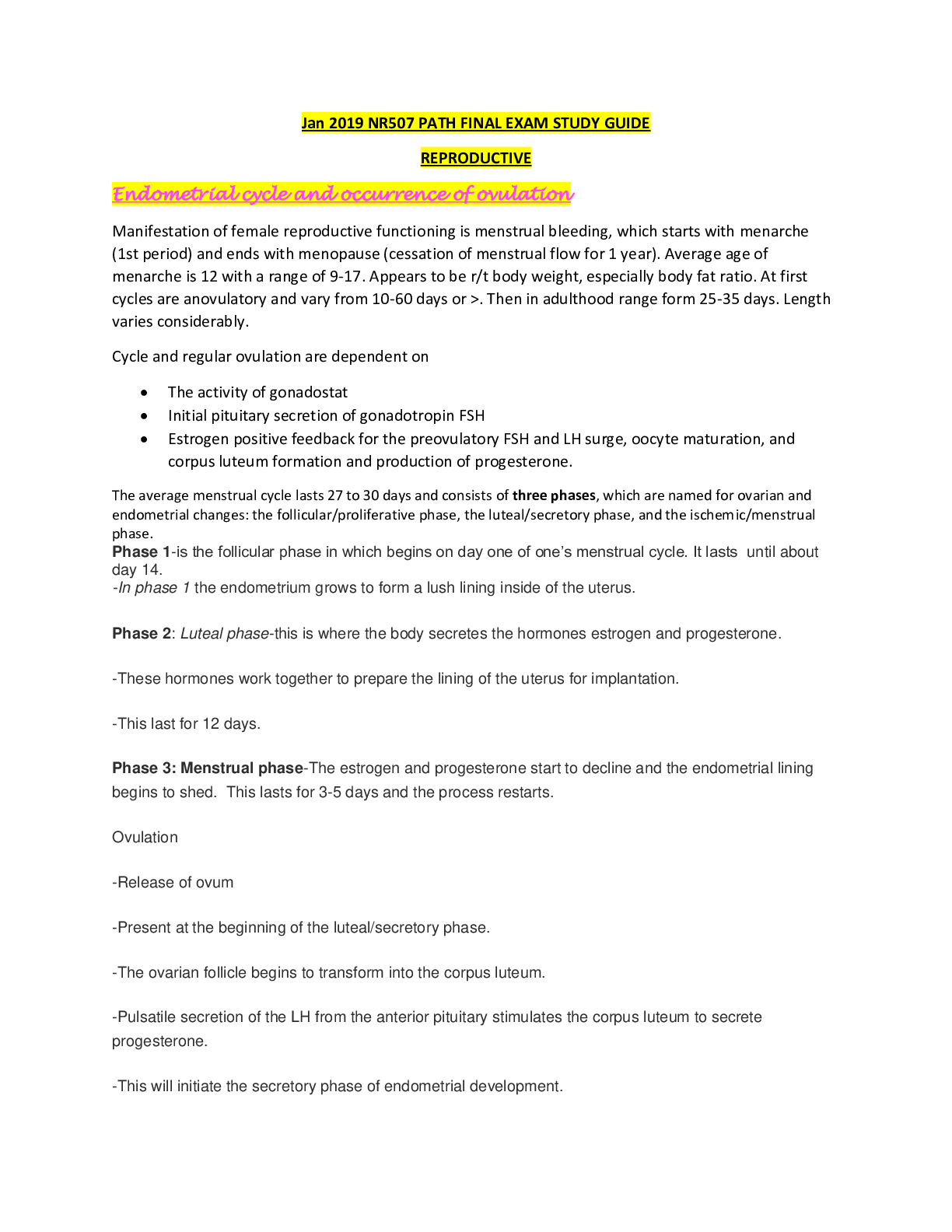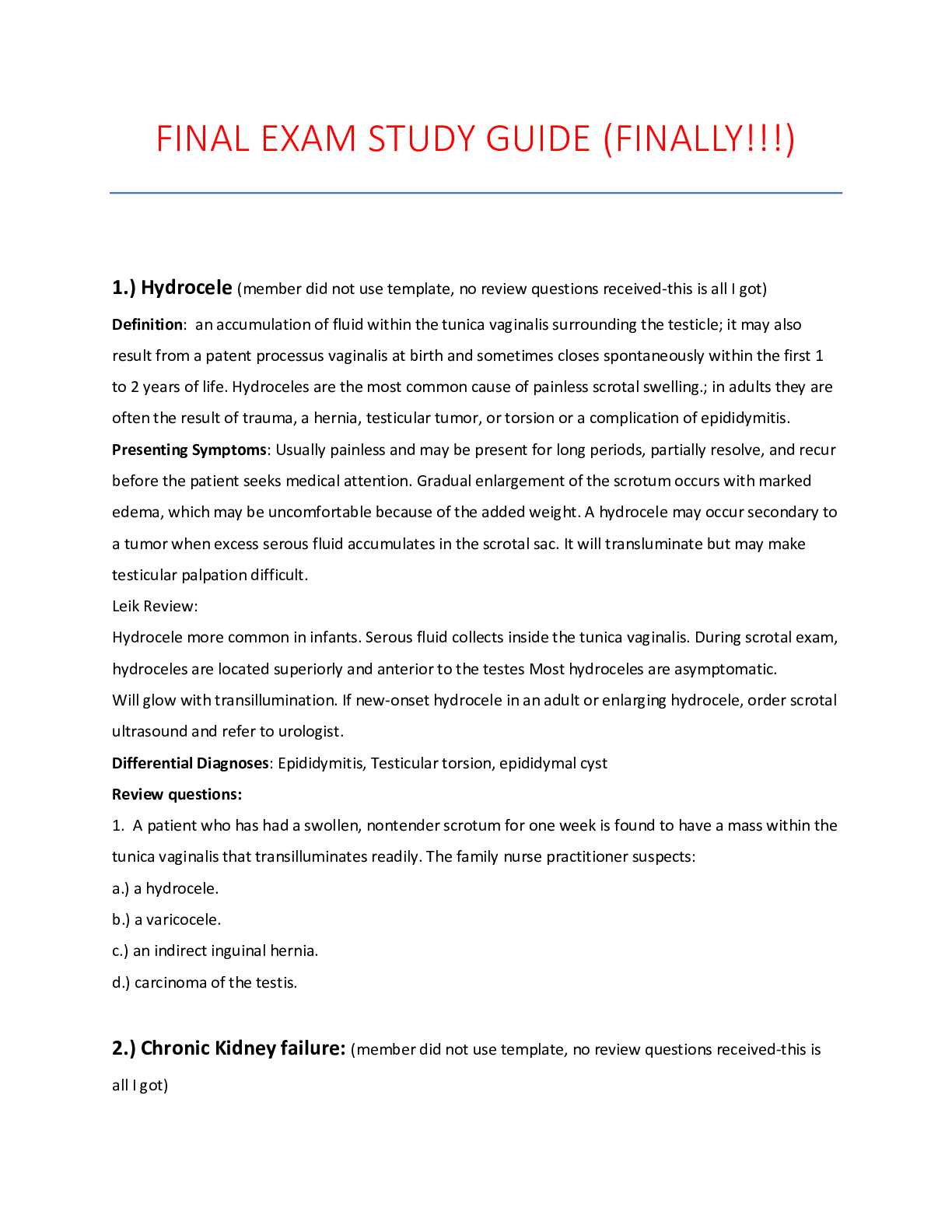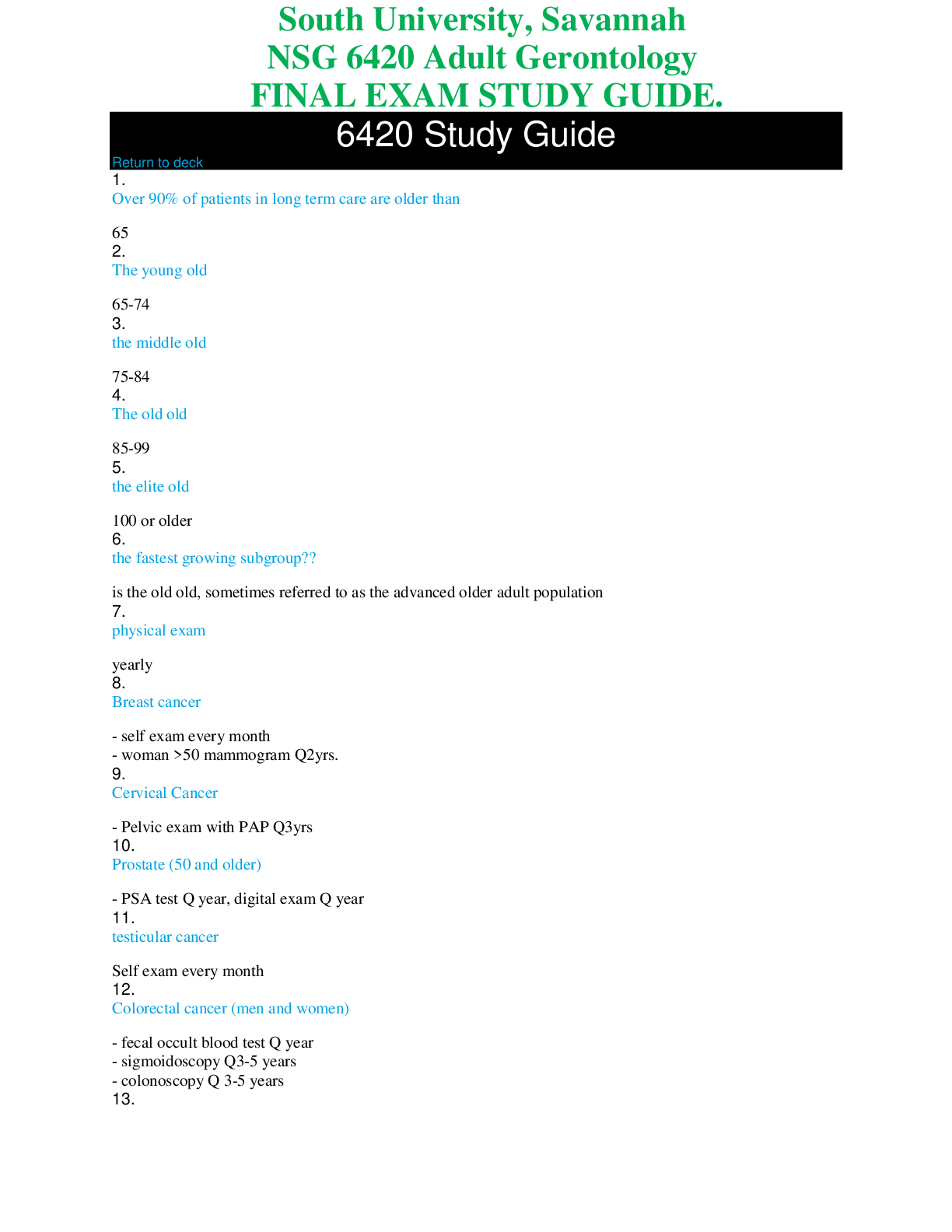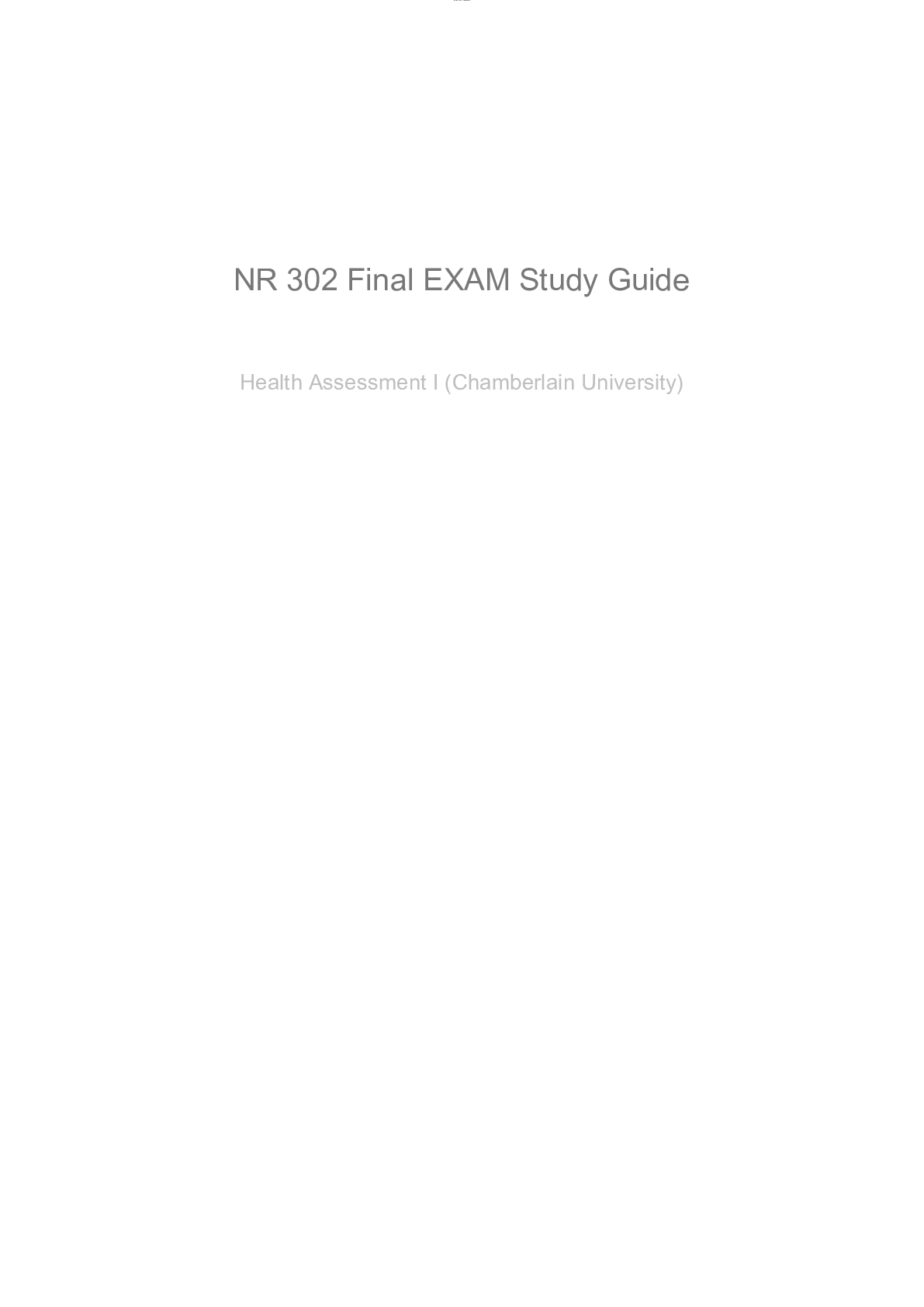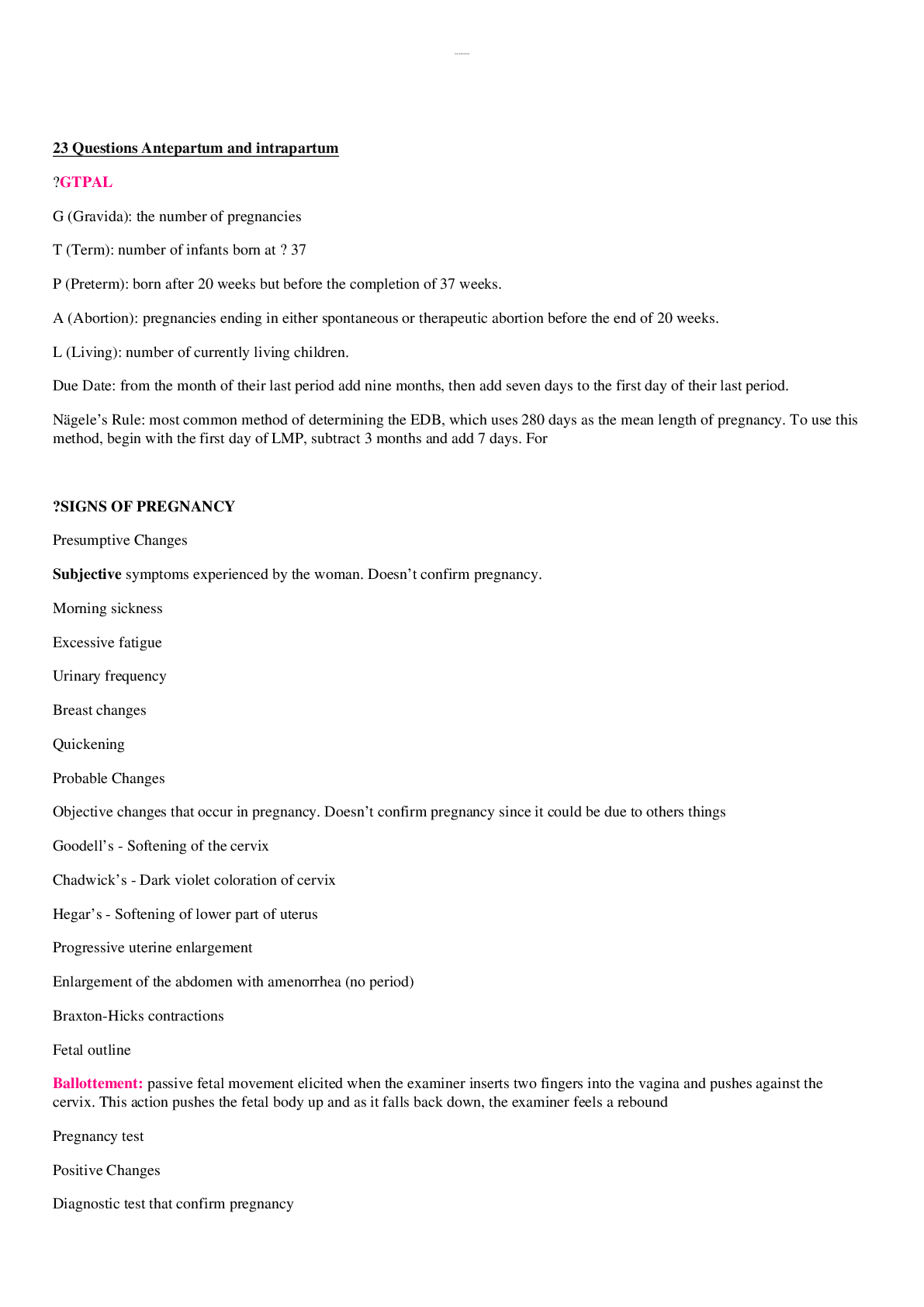*NURSING > STUDY GUIDE > NSG 6001 Final Exam Study Guide (Latest 2020 / 2021) South University (All)
NSG 6001 Final Exam Study Guide (Latest 2020 / 2021) South University
Document Content and Description Below
Study Guide for Final Exam Abdominal aortic aneurysm 1. Know the causes of an abdominal aortic aneurysm. P493 proposed causes of AAA include atherosclerosis, inflammation, mycotic infection, inheri... table connective tissue disorders (Marfan syndrome, type IV Ehlers-Danlos syndrome), and trauma. atherosclerosis has been considered the most common cause of AAA and the known cause in 25% of all AAA. 2. Understand risk factors for abdominal aortic aneurysm. P494 Development of AAA: Atherosclerotic vascular disease, white race, male gender, advanced age, HTN, smoking, COPD, history of hernias, family history of AAA, and presence of other aneurysms. Hypercholesterolemia AAA expansion: Advanced age, Severe cardiac disease, Previous stroke, Tobacco use, Cardiac or renal transplant. AAA rupture: Female gender, Low FEV1, Larger initial AAA diameter, Higher mean blood pressure, Current tobacco use, Cardiac or renal transplant, Critical wall stress–wall strength relationship AAA is an important clinical diagnosis because it is associated with considerable risk of rupture and death as the aneurysm enlarges to a diameter of more than 5.0cm (1.96 inches). Evidence suggests that the high prevalence of AAA in patients with COPD may be related to medications (oral steroids) and coexisting diseases rather than to a common pathway of pathogenesis involving plasma elastase or α1-antitrypsin deficiency AAA and elevated homocysteine plasma levels. AAA represent 75% of aortic aneurysms 3. Know the symptoms of an abdominal aortic aneurysm. AAA may cause symptoms as a result of the pressure on surrounding structures, about 75% are asymptomatic at initial diagnosis. Symptoms: Symptomatic aneurysms increase in number after the age of 70years. In thin patients, a supine abdominal examination may readily show a pulsatile abdominal mass, Inflammatory AAAs may be manifested with chronic abdominal pain or back pain and, sometimes, ureteral obstruction Microembolic infarcts in the lower extremity of a patient with easily palpable pedal pulses may suggest either abdominal or popliteal aneurysm. Embolization of mural thrombus from an abdominal aneurysm may be seen with acute limb ischemia caused by femoral or popliteal occlusion. Symptom and sign of a ruptured AAA classic diagnostic triad of ruptured AAA is hypotension (42%), pulsatile abdominal mass (91%), and abdominal pain (58%) or back pain (70%). The triad is encountered in only 50% of patients with a ruptured AAA. Ruptured AAAs should be suspected in any patient who comes in with complaints of hypotension and atypical abdominal or back pain symptoms [Show More]
Last updated: 1 year ago
Preview 1 out of 5 pages
.png)
Reviews( 0 )
Document information
Connected school, study & course
About the document
Uploaded On
Dec 17, 2020
Number of pages
5
Written in
Additional information
This document has been written for:
Uploaded
Dec 17, 2020
Downloads
0
Views
31

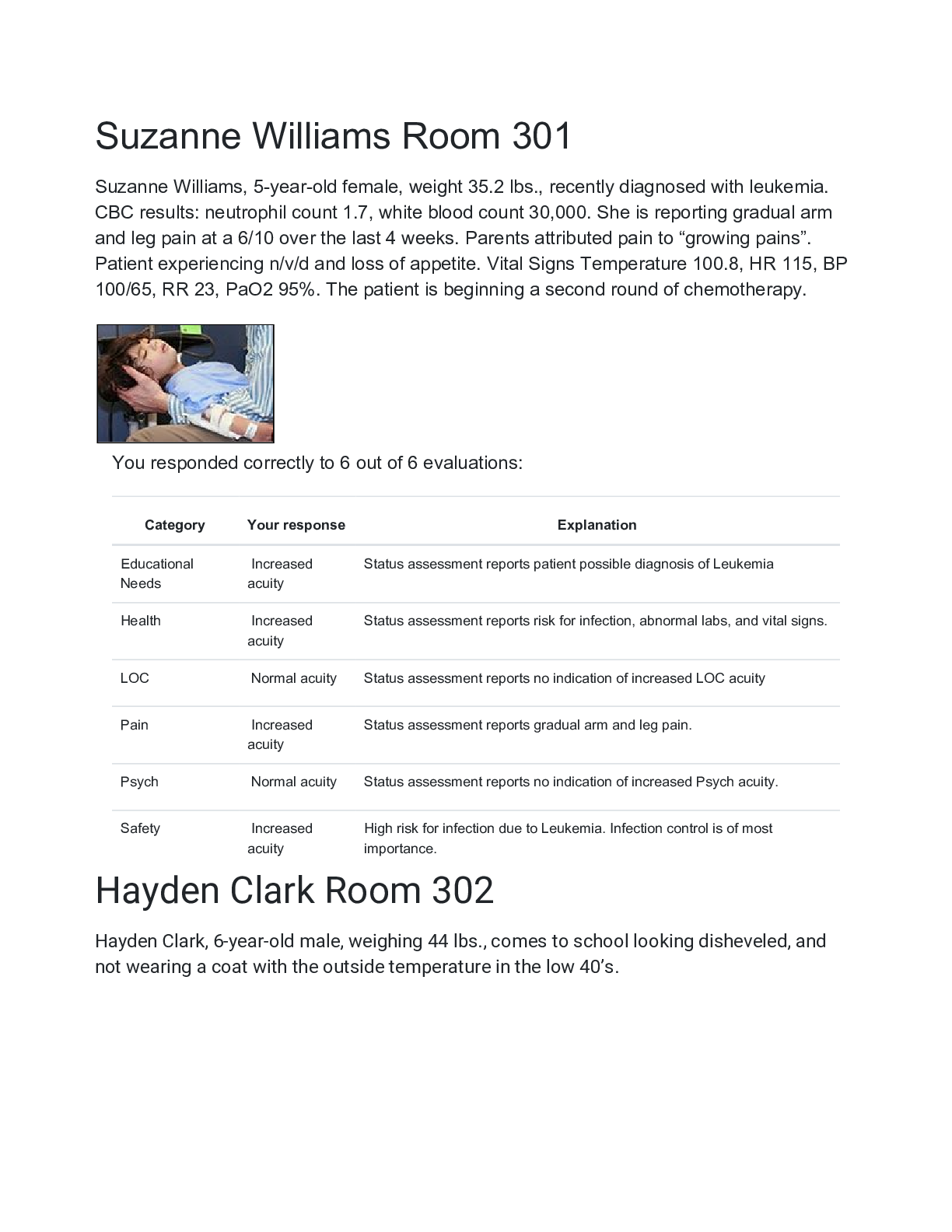
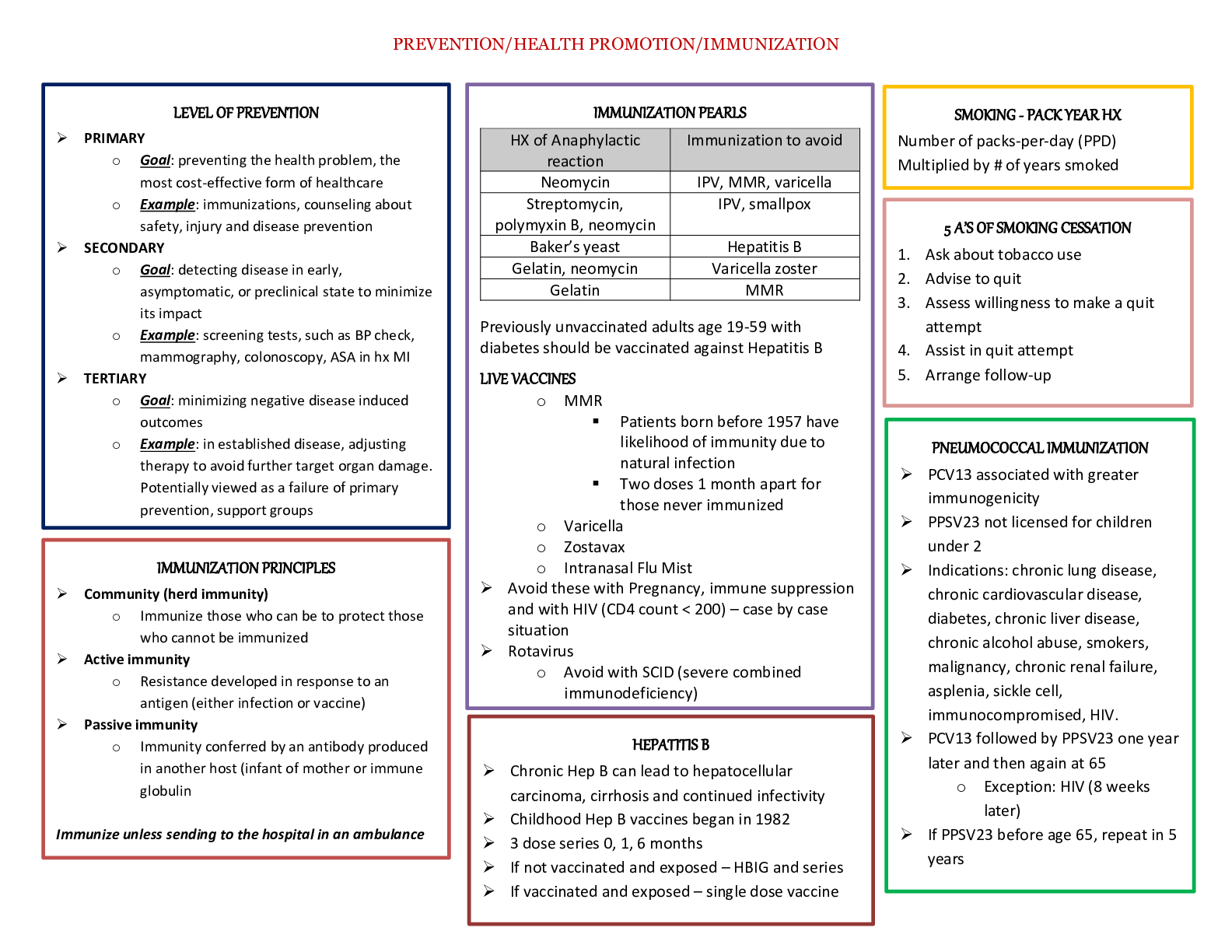
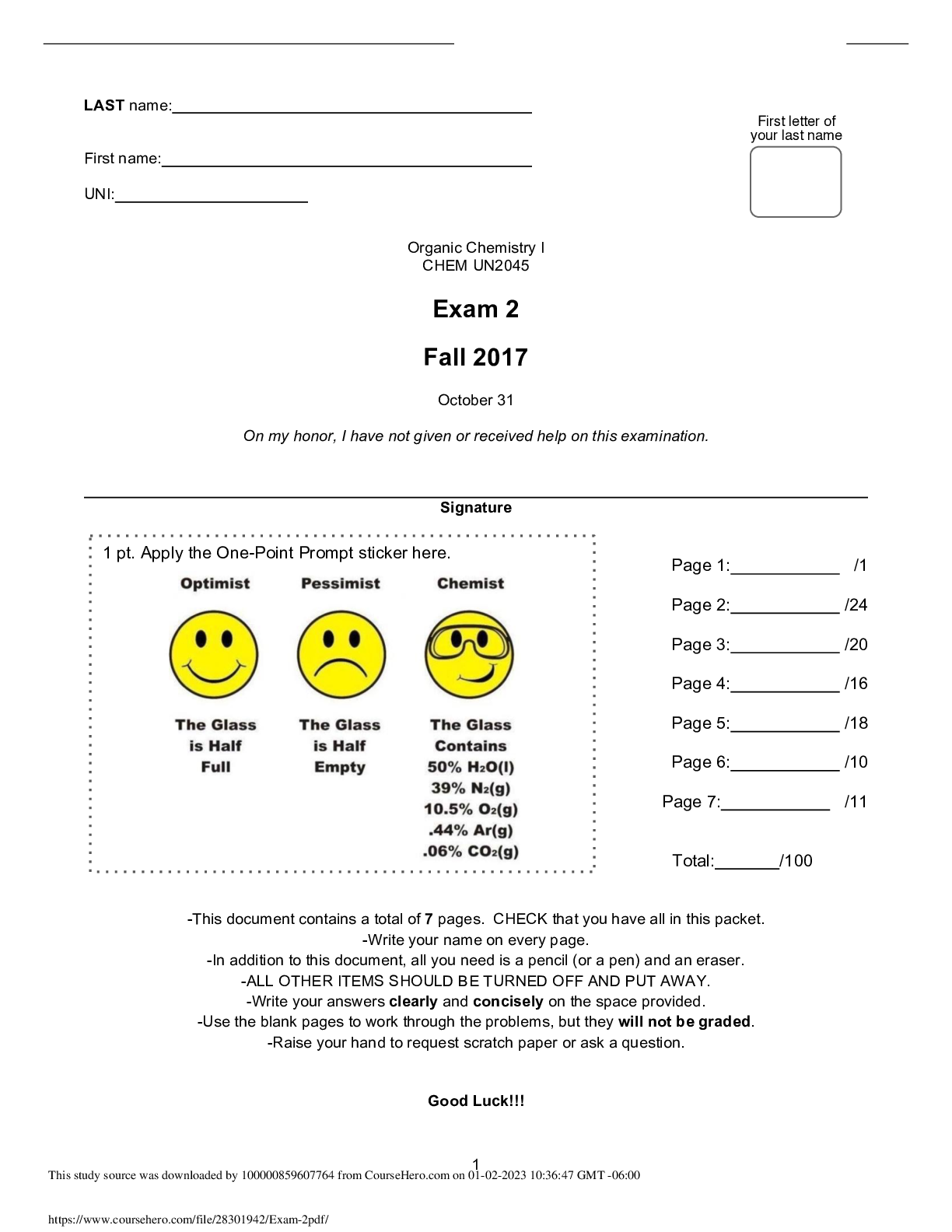
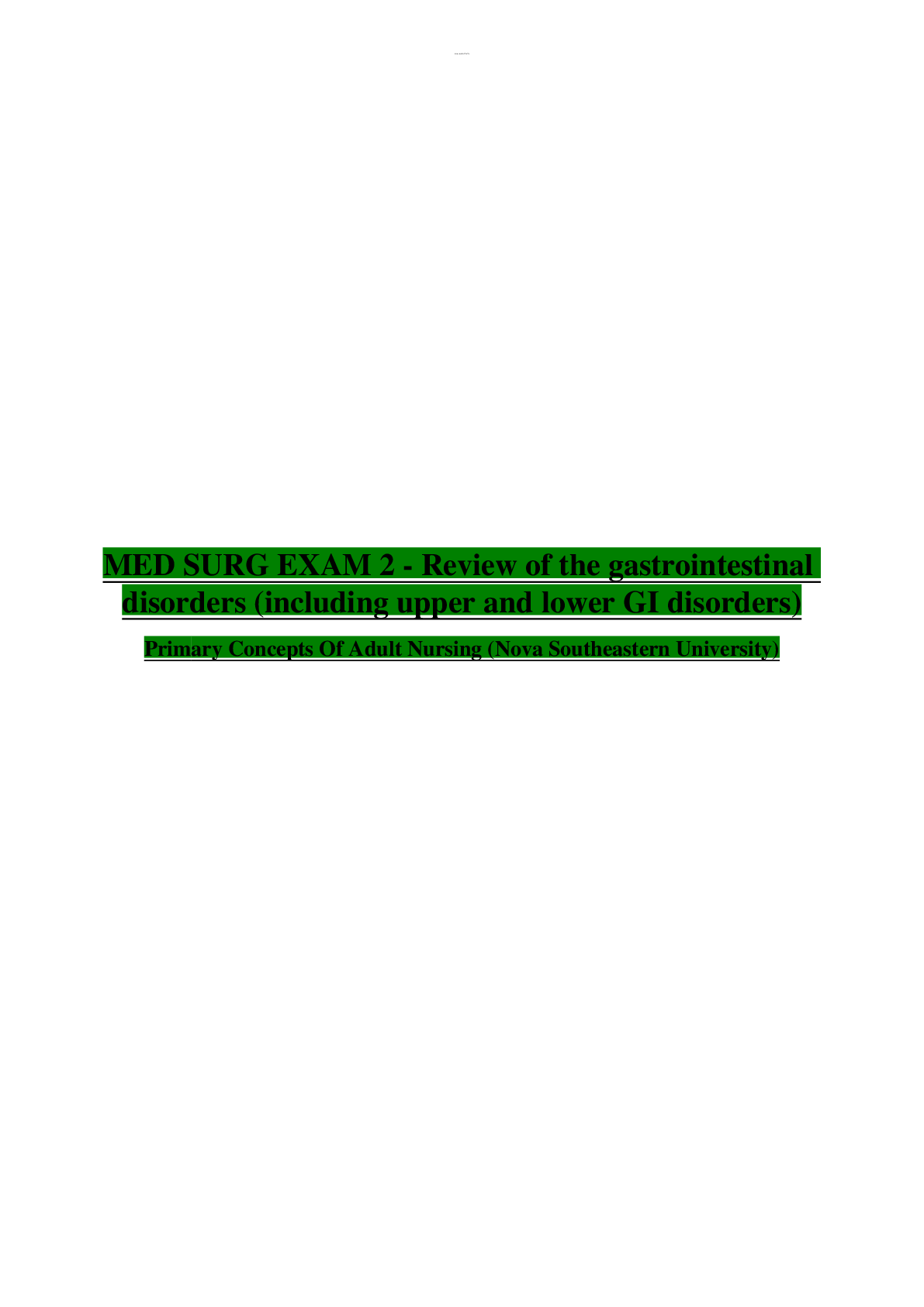



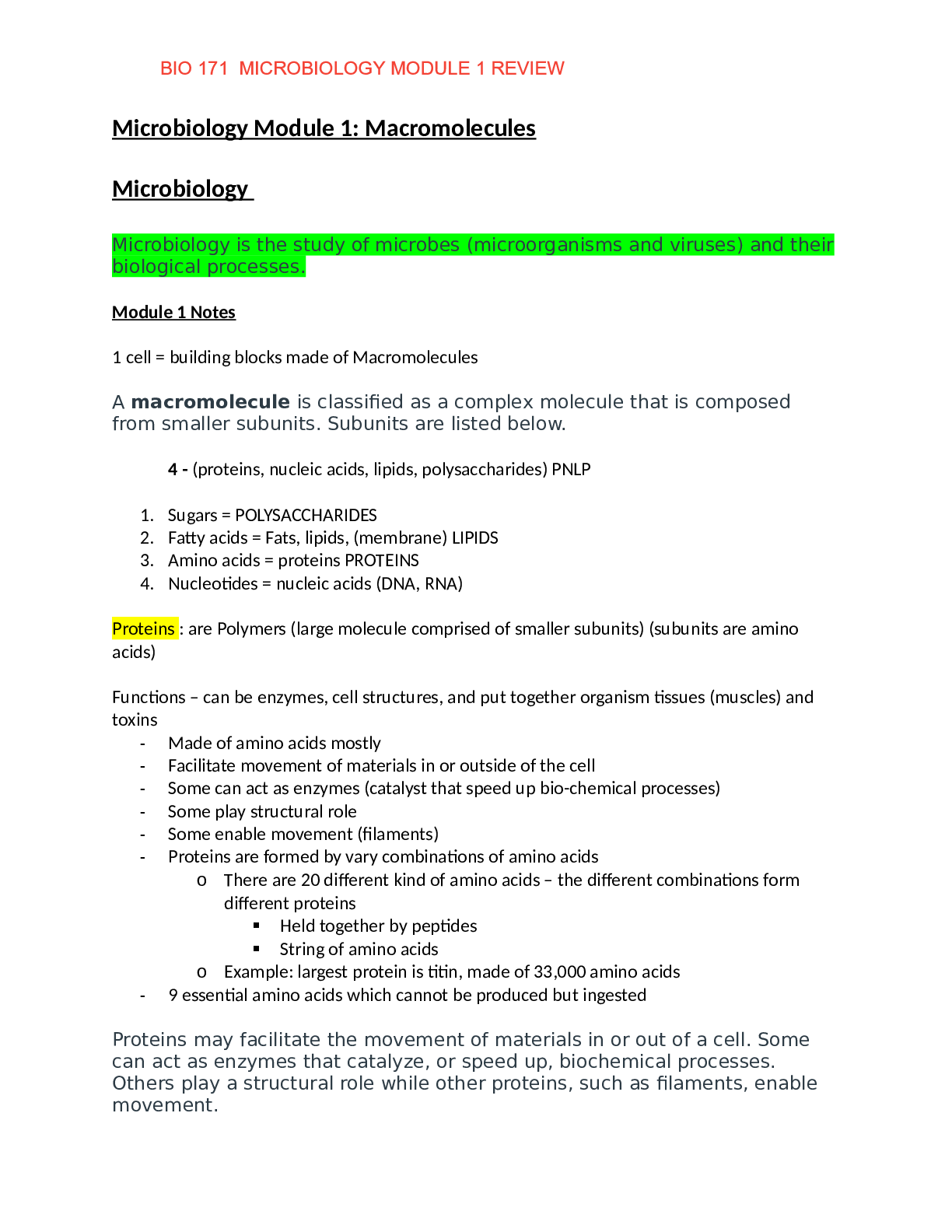



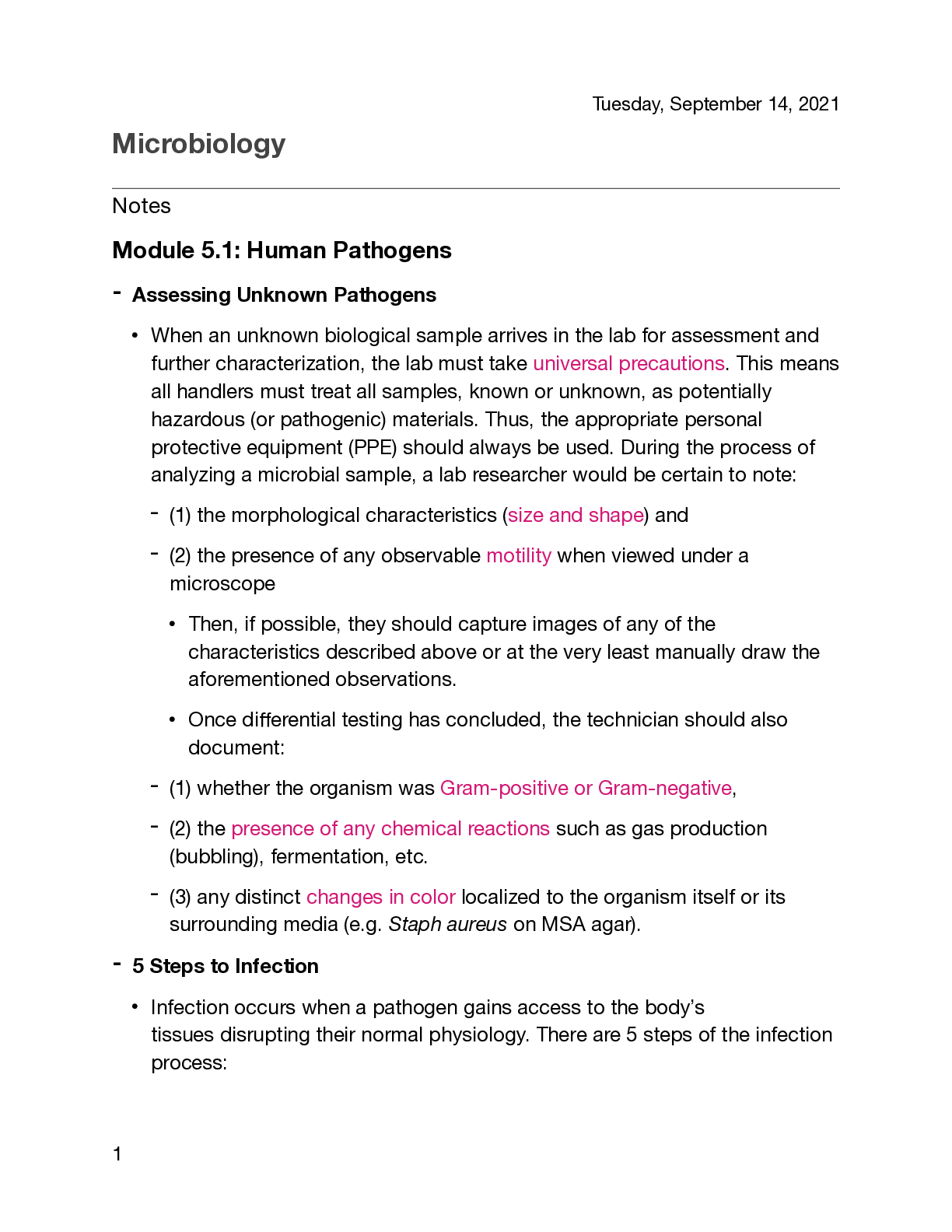
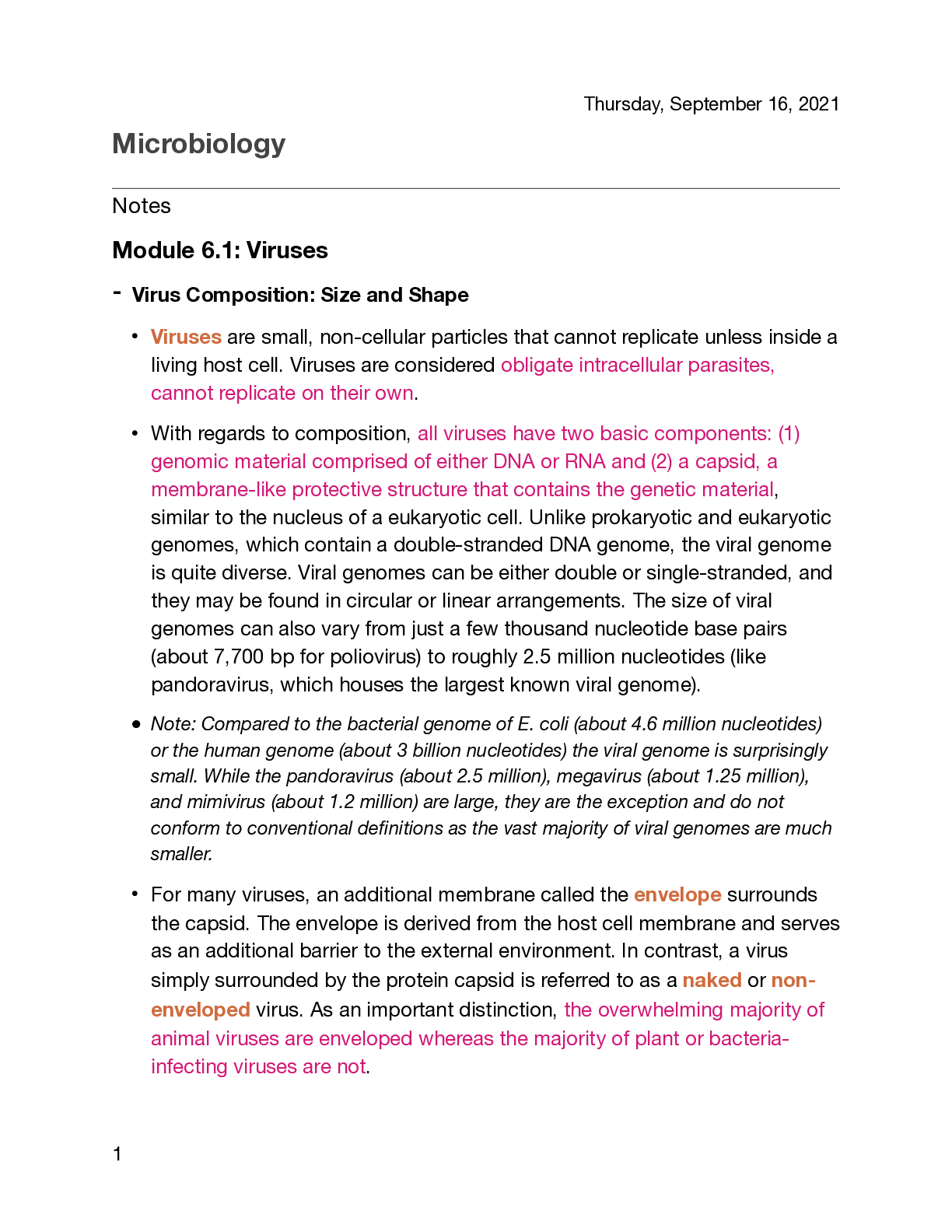




 Rasmussen College.png)
